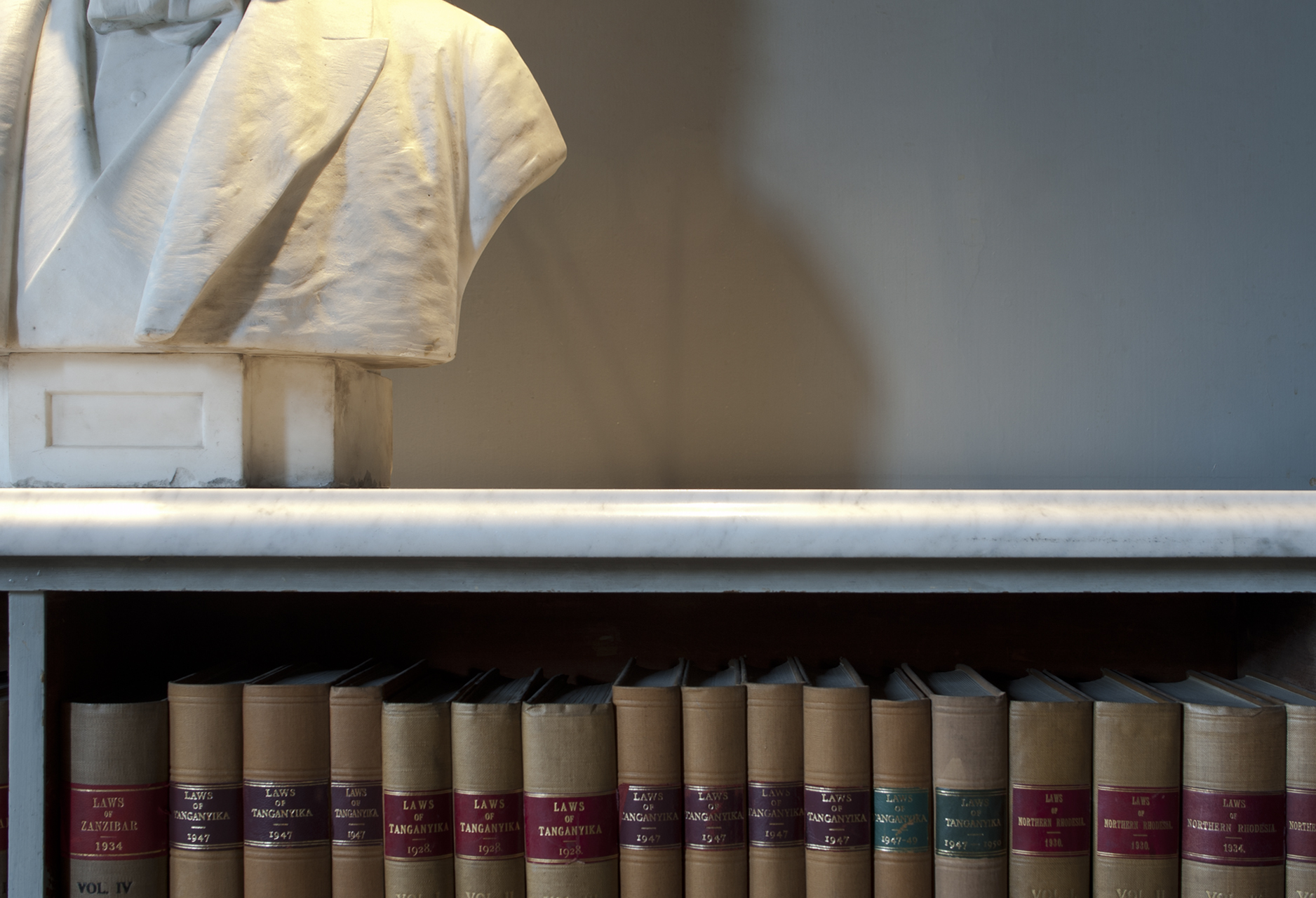THE WS SOCIETY ONLINE EXHIBITION 2024
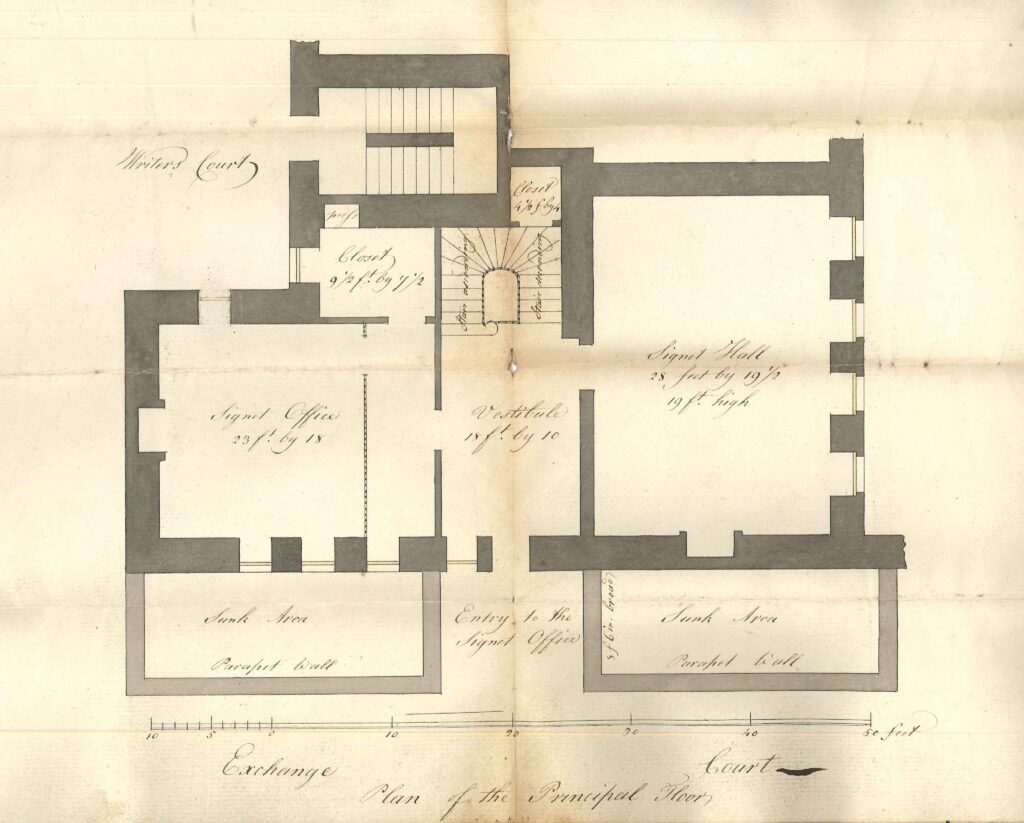
Although the WS Society is medieval in origin, it did not acquire its own premises until 1694. This first home took the form of a high quality tenement in a new block built by Robert Mylne, the Royal mason.
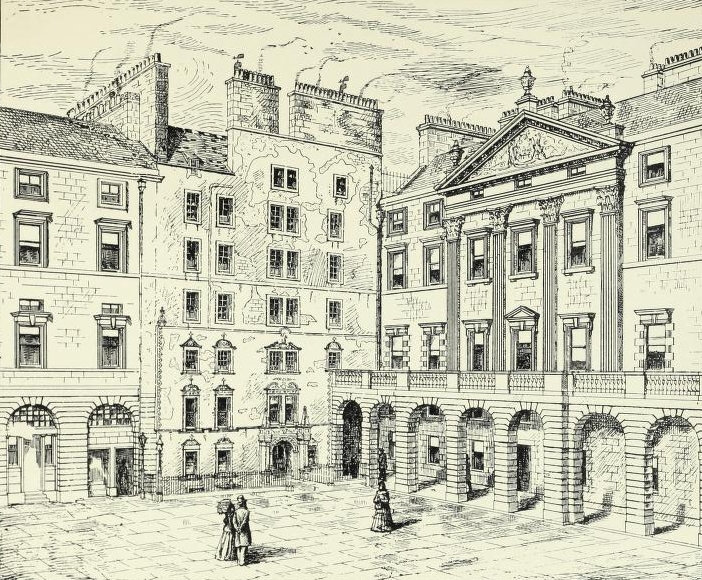
When John Davidson’s attempts to move to new premises ran into difficulties in the early 1780s, the Society bought the flats above and below its own and called in the architect of the New Town, James Craig, to combine the properties into a grand new headquarters and offices that would serve for the rest of the century.
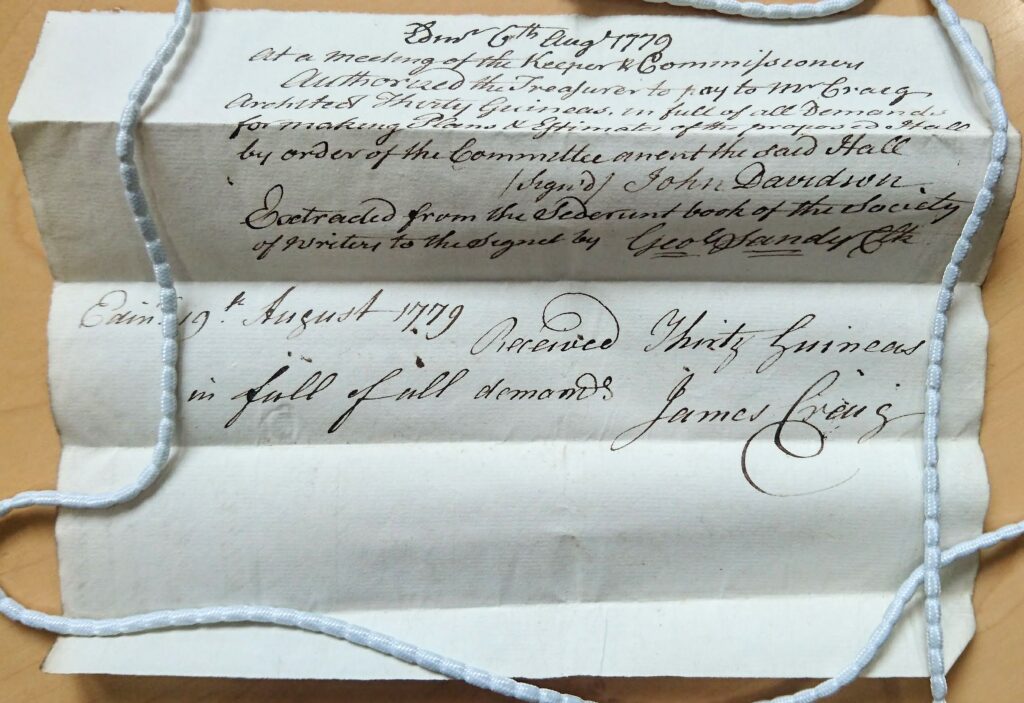
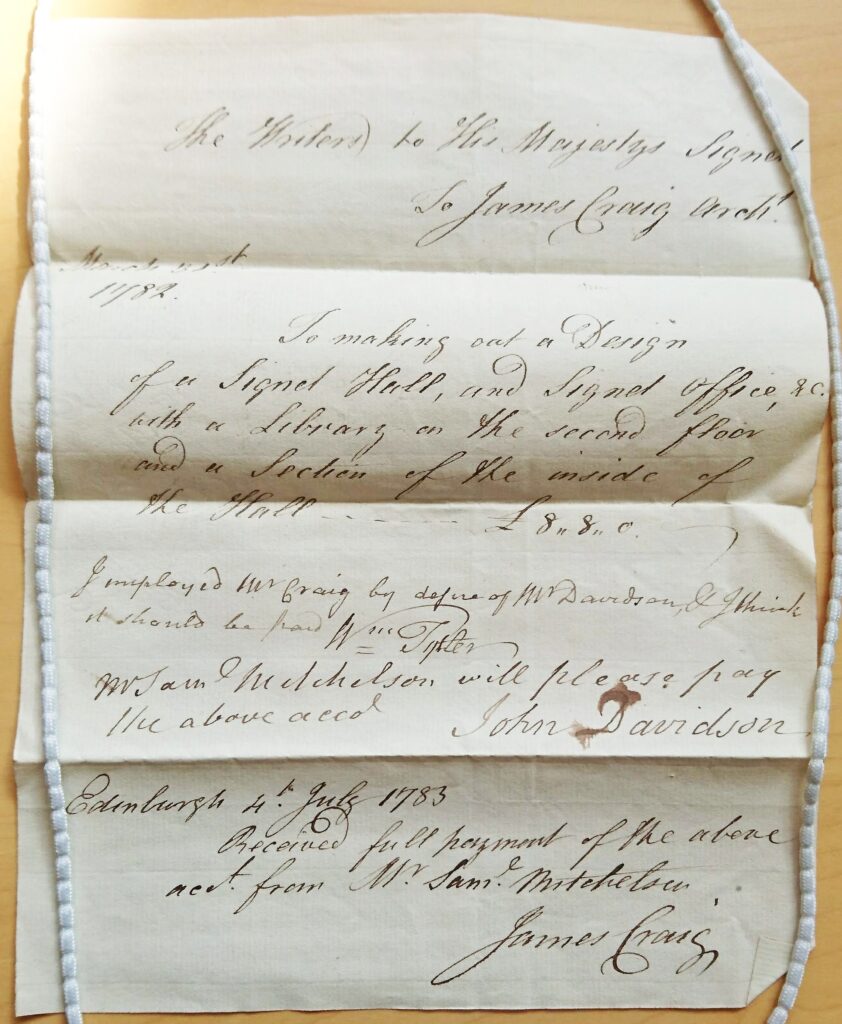
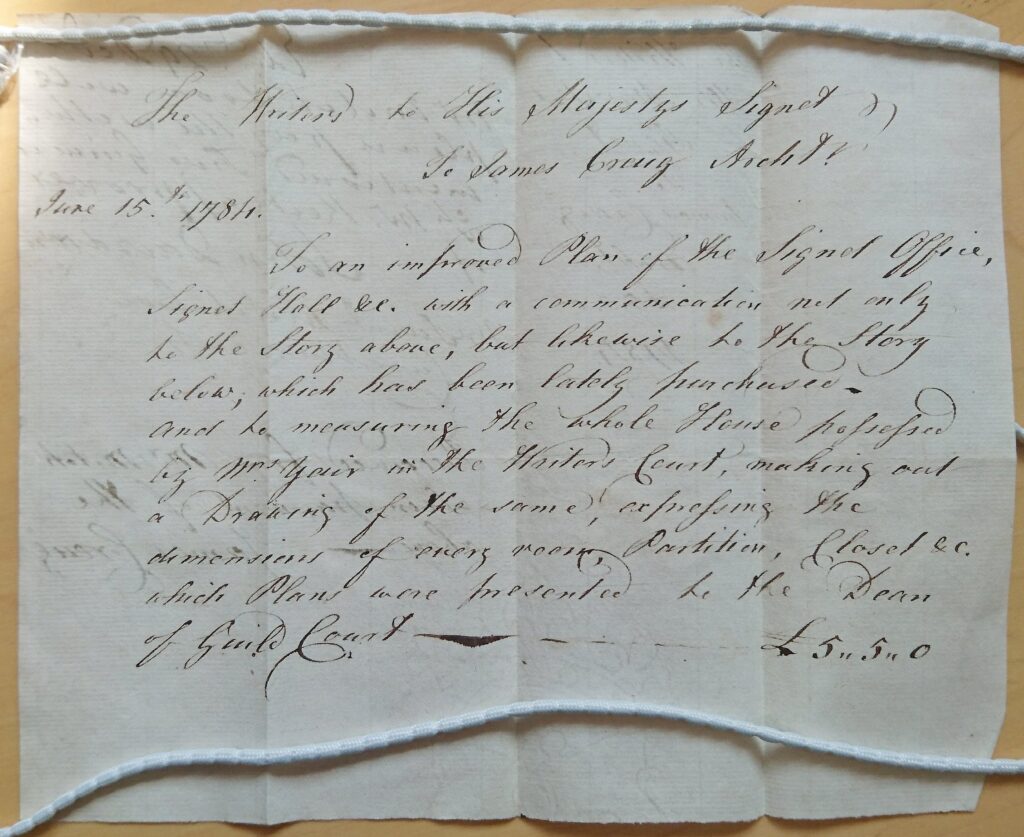
James Craig’s design for Writers Court was elegant and ambitious, with a double-height hall enjoying spectacular views across the Forth Valley.
…what is more worthy of observation is that to complete their Great Room one floor must be wholly cut out (Michael Naesmith, commenting in 1784 on James Craig’s design for Writers Court)
Craig’s extensions would serve the Society well for fifteen years, but both the Society and its Library were growing at pace and by the 1790s Writers Court was proving inadequate on both counts. The WS Society became involved in a magnificent scheme for a new complex for the College of Justice, designed by the great Robert Adam, which would bring the Society under a single roof alongside the Faculty of Advocates and the Judges. The drawings, of which this is only a selection, are extraordinary:
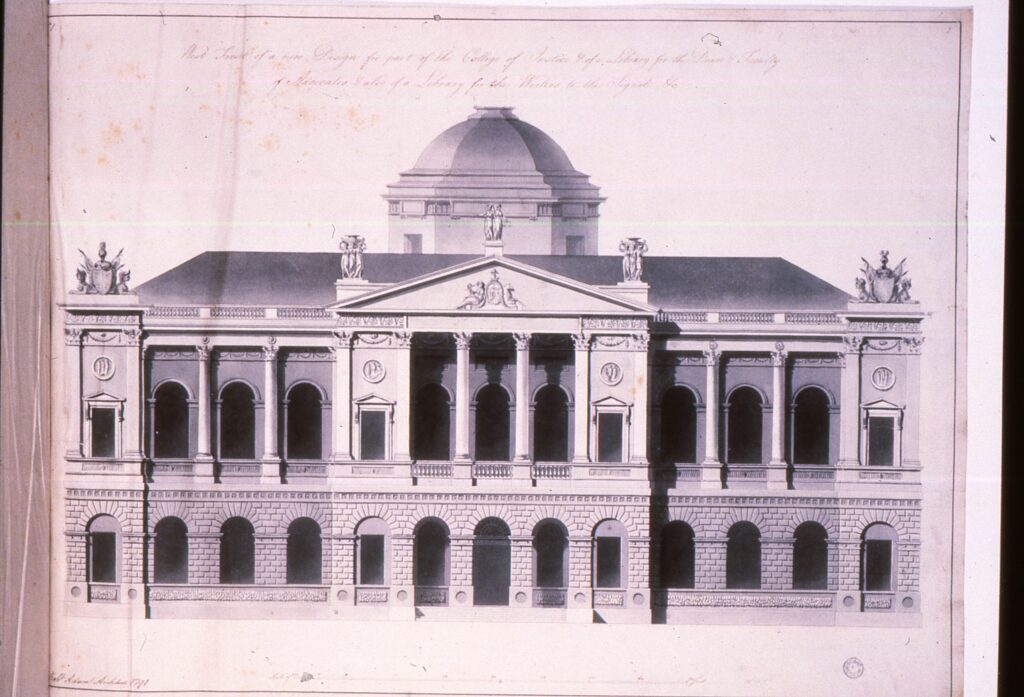
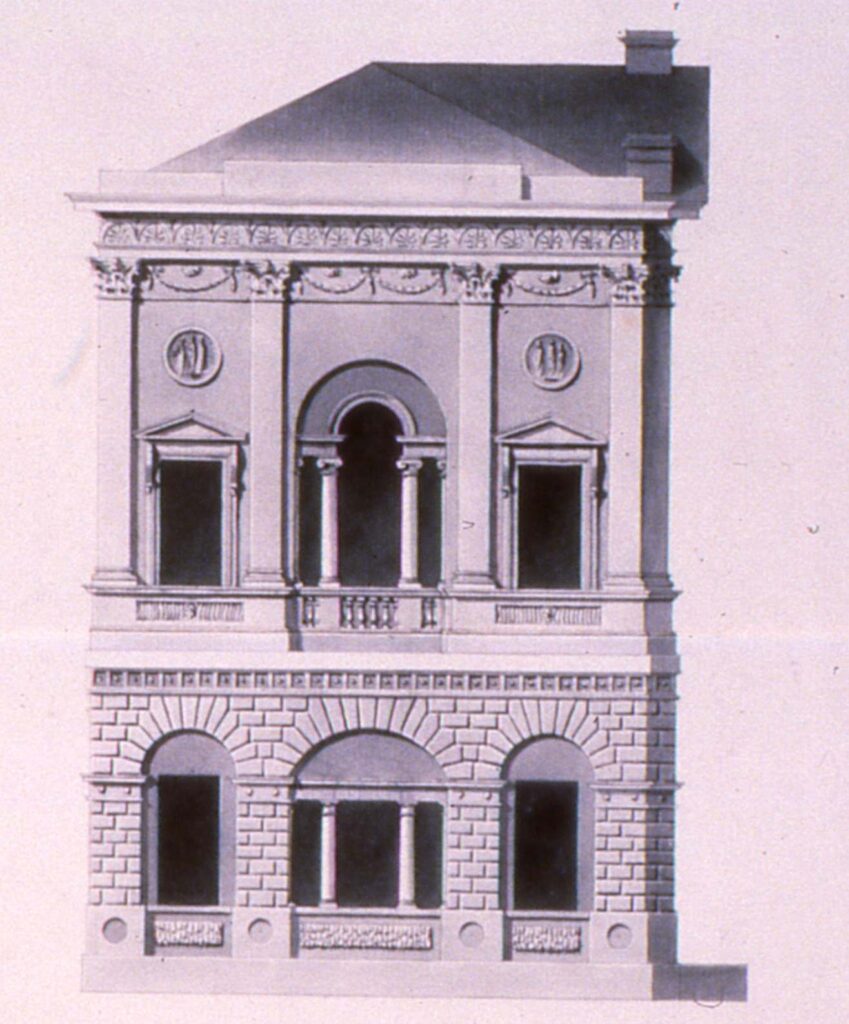
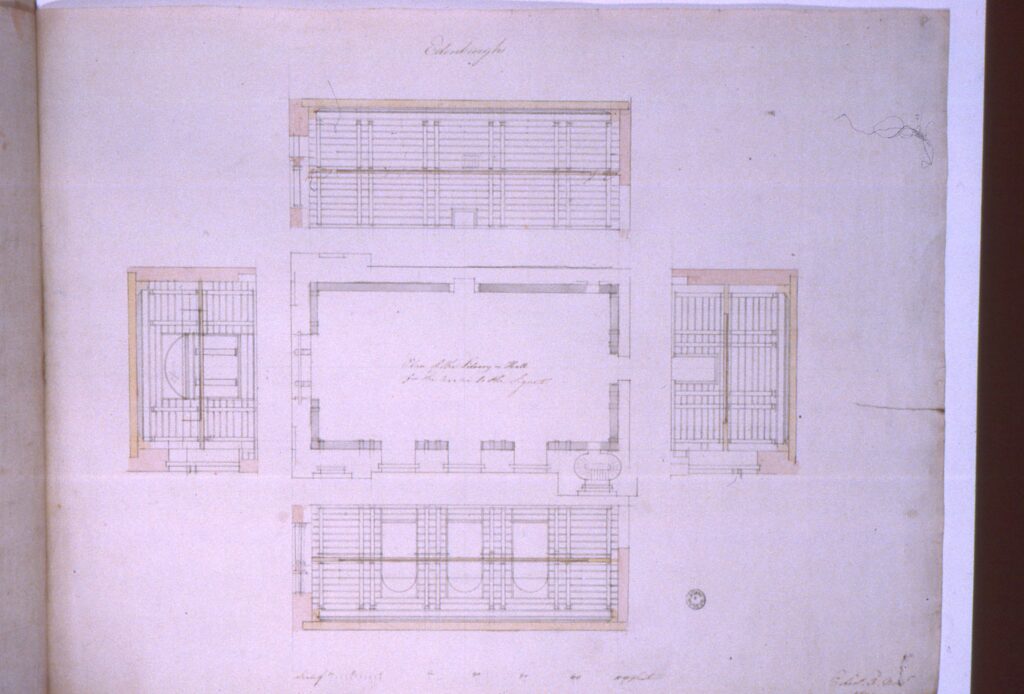
Sadly, Robert Adam passed away before the project could gain momentum, and what would have been undoubtedly Edinburgh’s greatest neoclassical structure remained forever on paper. With discussions underway from 1804 about a new complex for the College of Justice, the premises at Writers Court were extended once more, with a room from a neighbouring tenement being incorporated for a Library room in 1807.
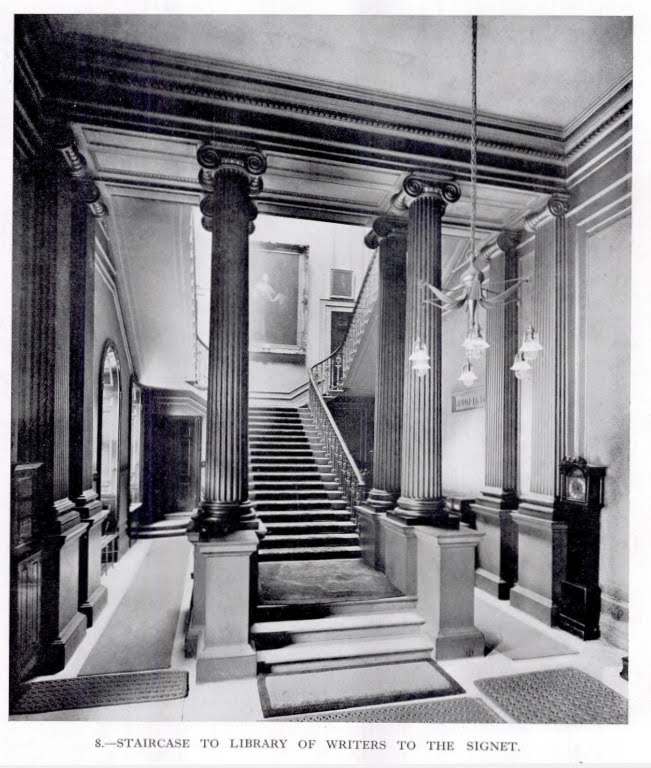
A survivor of the Writers Court days can be seen in the Reception Lobby of the Signet Library in the form of the tall clock, made by James Cowan (fl. 1744-1781) at his Edinburgh workshop before 1781 and acquired new. It is thought to have travelled less than 100 yards in its lifetime.
A splendid specimen of (James Cowan’s) skill is now located in the Entrance Hall of the Signet Library, Parliament Square, Edinburgh, the situation being only a few yards away from where it was made. (James Smith, Old Scottish Clockmakers, 1903)
Further Reading
Kitty Cruft and Andrew Fraser James Craig 1744-1795 (Edinburgh: Mercat Press, 1995) contains useful papers on different aspects to Craig’s career.
Carley, Dalziel, Dargan and Laird Edinburgh’s New Town: Model City (Amberley 2015)
Clarisse Godard Desmarest (ed.) The New Town of Edinburgh: An Architectural Celebration (John Donald 2019)
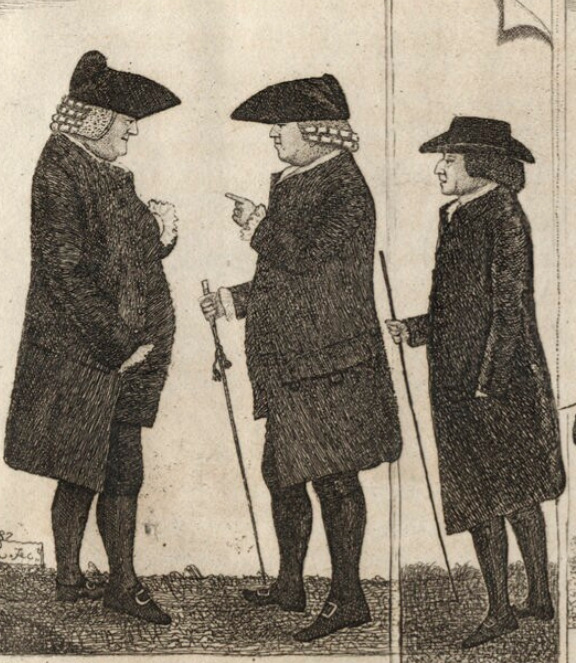
3. The Signet Library in the Scottish Enlightenment
John Davidson and the Enlightenment Signet Library
